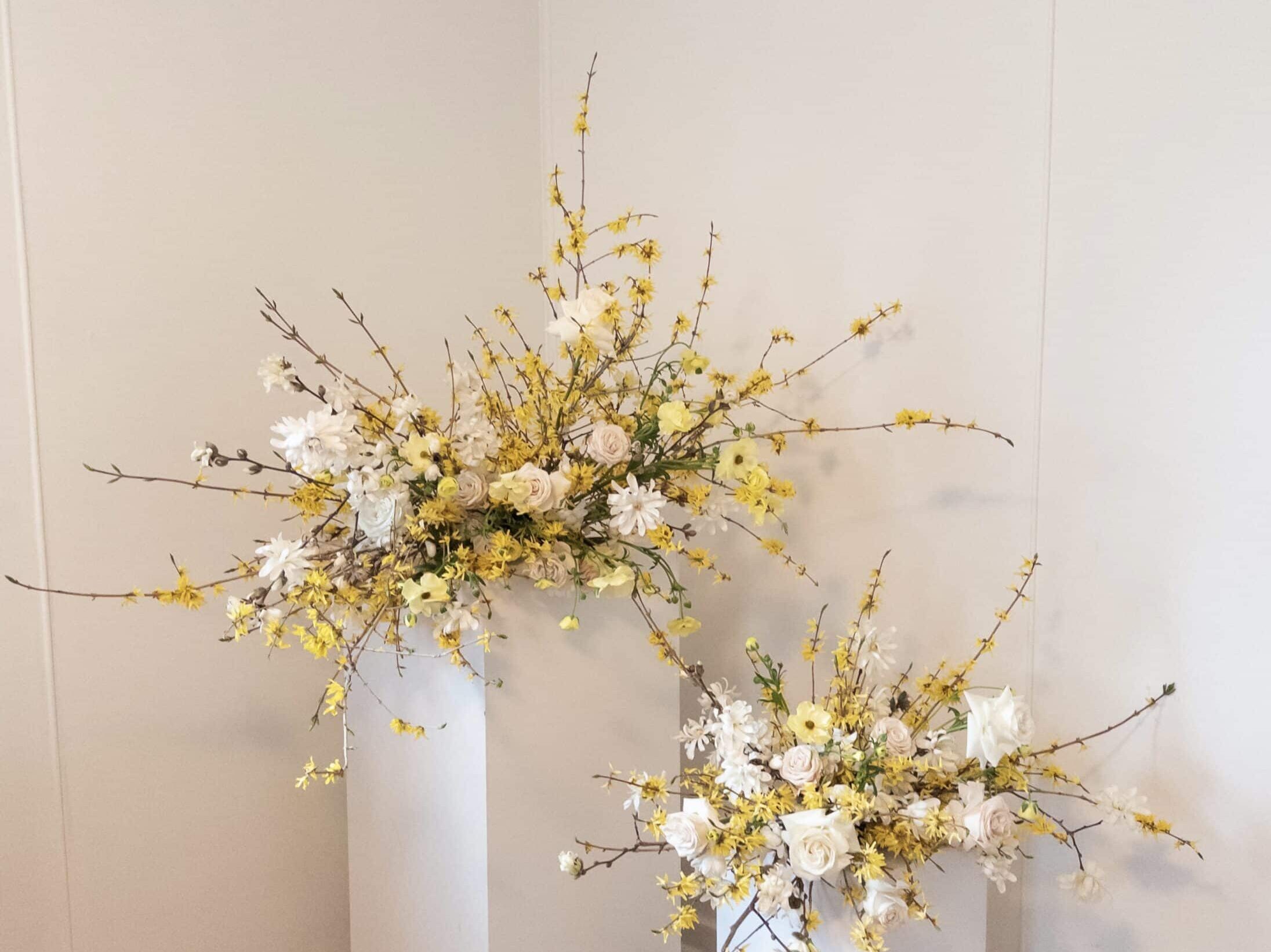Sustainability Sunday volume. 4
Where Are The Profits?
While there are so many critiques to explore in all life, floriculture, and floristry, one of the biggest talking points that we can always rely on is profits.
Where are the biggest profits for those leading an industry? What avenues are most profitable? Oftentimes, the most profitable actions can be the most problematic. And what is often most profitable, are the actions and products that are the cheapest to produce, and inherently most detrimental to the environment.
Regarding the floral industry, what comes to mind are products such as Oasis floral foam, and single use plastics, which come in all shapes and sizes in our industry. Almost every bundle of flowers or even single stems are wrapped or prepared with some sort of plastic, before making its way to the florist. Plastic wrapping, plastic labels and stickers, flower picks for single stems, rubber bands, plastic sheaths to protect flower heads/blooms, the list goes on and on.
A Necessary Evil
The thing is, these plastics are a necessary evil to ensure that our flowers stay alive and well by the time they get to us, and then to consumers. And plastics are both cheapest to produce, and most embedded into our systems and production processes. AKA, the easiest tool to get the job done.
Perverse Incentives
This is where I talk about perverse incentives.
Of course, our first thoughts and feelings are to suggest eco-friendly and biodegradable products to replace single-use plastics. However, we must consider the incentives that are upheld in our systems and, in turn, where the perverse incentives lie.
“A perverse incentive is an incentive that has an unintended and undesirable result that is contrary to the intentions of its designers”
This being said, the perverse incentive at hand in this discussion, is the production of certain single use plastics created to ensure flower preservation, safety, and support for us florists, despite their inevitable contribution to the problem at large. These plastics are made to make this process seamless and easy for growers, wholesalers, and florists alike to handle the flowers. However, at the same time, they directly contribute to our landfills and environmental stressors.
My Questions
My questions that stem from this knowledge:
-Where in our systems are there perverse incentives? (This can apply to any topic, not just single-use plastics)
-Can we create a different profit motive?
-What problems lie upstream and downstream from this problem?
When thinking of responses to our situations, we must consider those affected. Who is affected by single-use plastics downstream? Put broadly: Animals, communities, nature.. Who is affected upstream if we take away single-use plastics? Individuals, Factory-workers, communities, economic productivity..
Can we create a different profit motive for those affected upstream? Encourage, demand and/or source funding for simple biodegradable products to replace our plastics?
Such questions and motives require thought and preparation, and substantial incentives for change.
Something to consider if & when creating actionable steps.

Leave a Reply